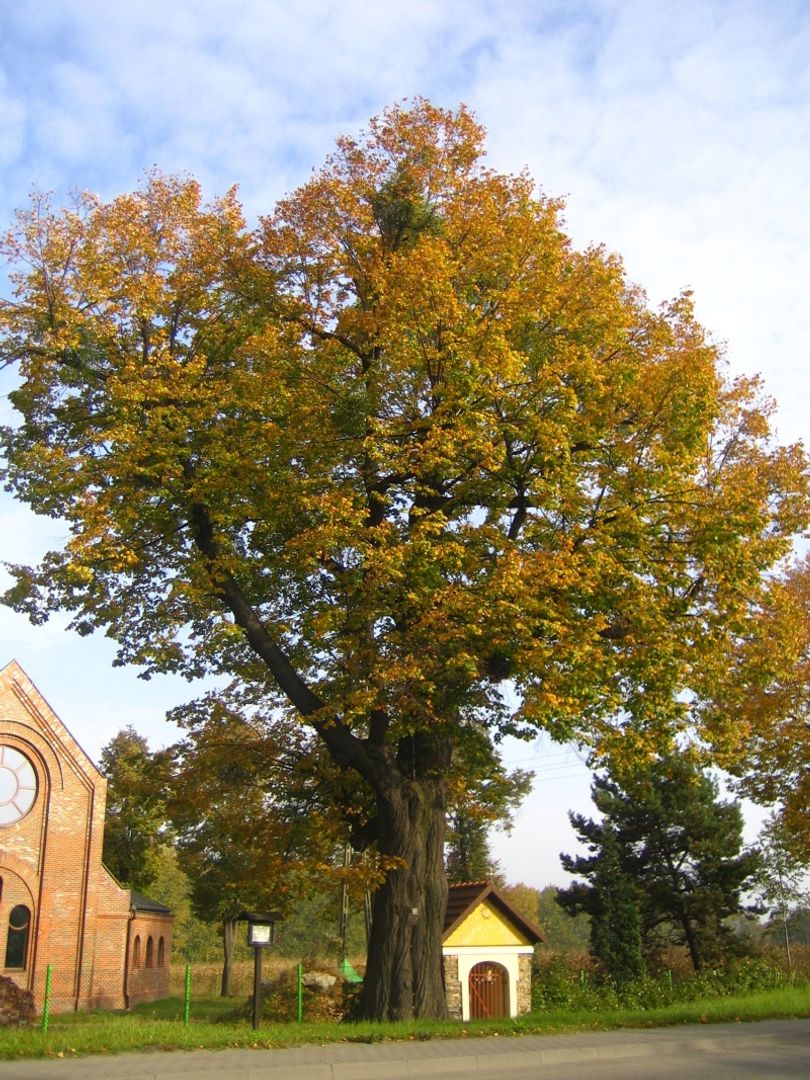Stanowice
6.11

Overview
Stanowice is a village located on the Rybnik Plateau in the Silesian Voivodeship, historically part of Upper Silesia. The first mentions of the settlement date back to around 1305, when the foundation book of the Bishopric of Wrocław recorded the existence of a bishop's tithe in Stanowice. In the 18th century, the village developed, and according to data from 1818, the population increased to 453, indicating dynamic demographic growth. It is worth noting that during the plebiscite of 1921, the majority of residents voted in favor of Poland. In 1949, the Church of St. Hyacinth was built, replacing previous religious services held in Bełk. Stanowice is characterized by architectural diversity, including the historic Chapel of St. John of Nepomuk and natural monuments such as an old small-leaved linden and a pedunculate oak. The village is connected by transportation routes, with provincial roads No. 925 and 924, despite the lack of a railway station. In 2009, there were 173 companies operating in Stanowice, mainly in the service sector. Stanowice is also a place of cultural gatherings, with a branch of the municipal library and an elementary school. The Folk Sports Club Ruch Stanowice promotes sports and recreation among the residents. A pleasant phenomenon in the region is the presence of white storks, which regularly nest in the area. The village's culture is also reflected in local religious traditions, the presence of a parish, and Kingdom Halls of Jehovah's Witnesses. To this day, the locality remains marked by both history and social life, making it an interesting place in the region.
Location
Tertiary Administrative Division
Czerwionka-Leszczyny
County
Rybnik County
State
Silesian Voivodeship
Country
2025 Wizytor | All Rights Reserved